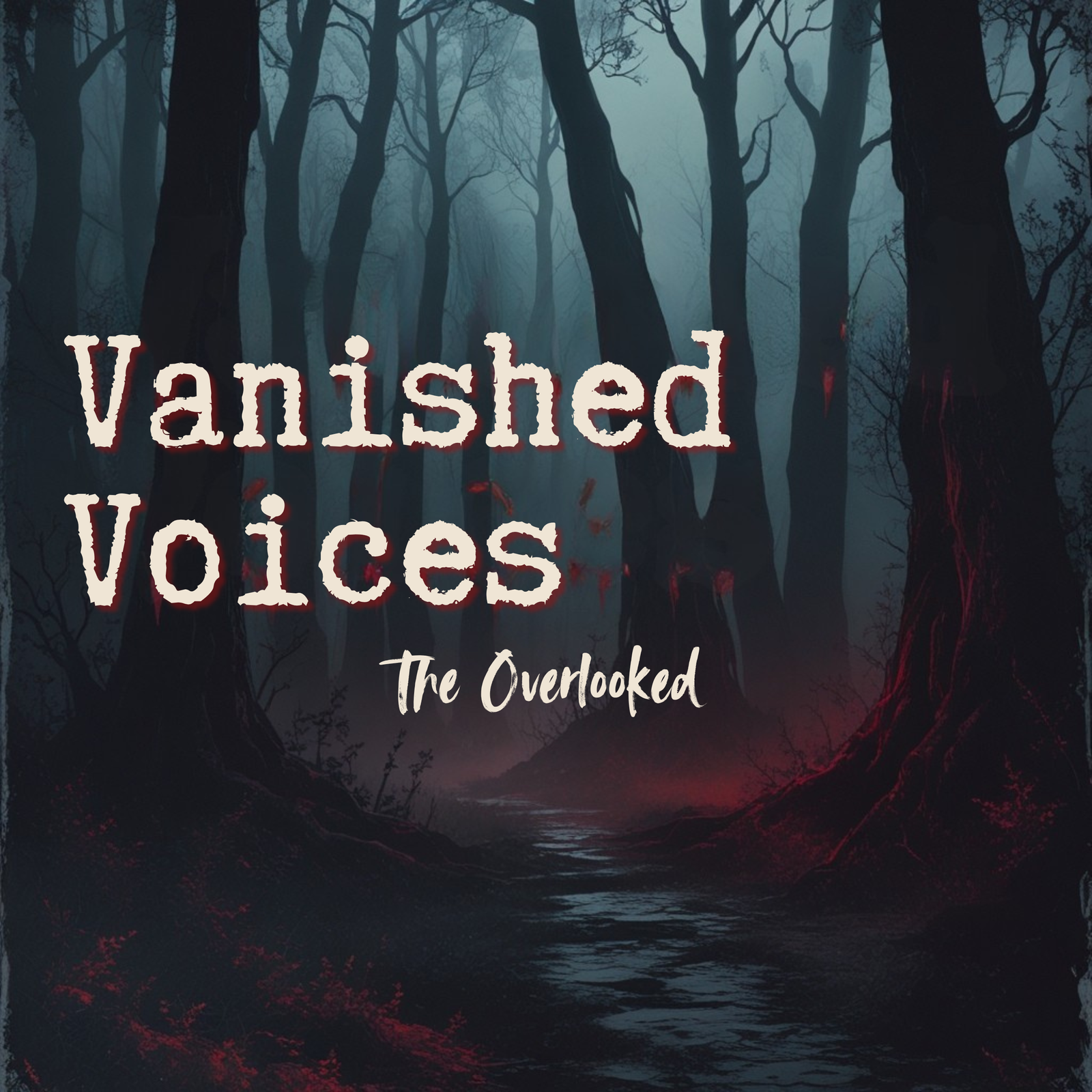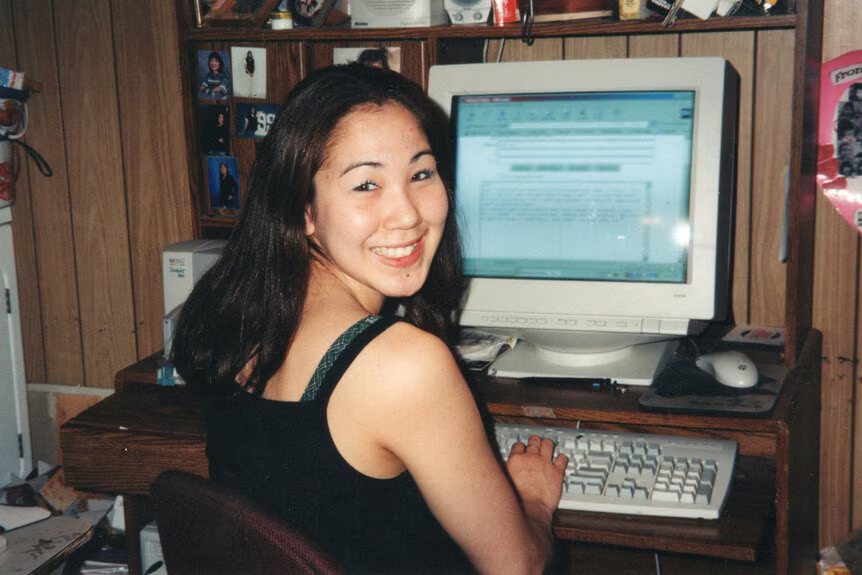Her Name Was Sonya Ivanoff
In the summer of 2003, nineteen-year-old Sonya Ivanoff walked home through the quiet streets of Nome, Alaska. She was a student, an athlete, and a young Inupiaq woman with her whole life ahead of her. She had left her small home village of Ambler to attend college, work to save money for a future move to Hawaii, and play basketball — chasing the same dreams so many young people do.
But two days after she left her friend’s house that August night, Sonya’s body was found on the outskirts of Nome. She had been shot once in the back of the head. The town of 3,500 was shaken.
And when the truth came out about who killed her, the shock deepened into something heavier.
The man responsible wasn’t a stranger.
He was one of Nome’s own police officers.
Who Sonya Was
Sonya grew up in Ambler, a small Inupiaq village nestled along the Kobuk River in northwestern Alaska. Her family and friends remember her as joyful, outgoing, and driven — a girl who loved sports, laughter, and her community.
Moving to Nome was a huge step, but she embraced it with optimism. She joined a basketball team, took college classes, and was carving her own path. Those who knew her say she balanced her small-village roots with a growing confidence in the wider world.
“Sonya had a light in her,” one former teammate said years later. “She was proud to be Inupiaq, proud to represent where she came from.”
That light was extinguished far too soon.
The Disappearance
Around 1 am, in the early morning hours of August 11, 2003, Sonya left a friend’s home and started walking back to her own. She never made it.
By Tuesday evening, her roommate reported her missing, and her job did the same the next morning. Nome residents began to search — on foot, by car, and even with small aircraft. Everyone hoped she’d simply gotten lost, or maybe gone to stay with someone overnight.
Then, on August 13, her body was discovered near a gravel pit outside town. She had been murdered.
At first, the community feared a predator was on the loose. But as evidence emerged, it pointed in a direction no one could have imagined — inward.
The Investigation
Witnesses reported seeing a Nome Police Department cruiser the night Sonya disappeared. Suspicion quickly turned to Officer Matthew Owens, a patrolman with a history of misconduct complaints.
Investigators found pieces from Sonya’s clothing in a burn pit, her ID in a police vehicle and uncovered inconsistencies in Owens’s statements. The physical evidence was undeniable.
Owens was arrested, tried, and ultimately convicted of first-degree murder and evidence tampering. In 2005, he was sentenced to 101 years in prison.
For Sonya’s family, the conviction was justice — but not peace. As one relative told reporters at the time, “No sentence can give us back what was taken.”
The Larger Crisis
Sonya’s murder didn’t happen in isolation. Her story became a symbol of a much larger and ongoing tragedy — the epidemic of Missing and Murdered Indigenous Women (MMIW).
Alaska has one of the highest per-capita rates of missing and murdered Indigenous women in the United States. Many of those cases remain unsolved. Contributing factors include jurisdictional confusion, underreporting, lack of trust in police, and systemic neglect.
Sonya’s case exposed how deep that mistrust runs. When a police officer — someone sworn to protect — became the perpetrator, it reinforced a painful truth for many Alaska Native communities: that safety and justice are not guaranteed, even from those in uniform.
As one advocate later said, “If it could happen in Nome, with this much evidence, imagine how many cases have never been investigated at all.”
Her Legacy
In the years since Sonya’s murder, her name has become a rallying cry in Alaska and across the MMIW movement. Her story is shared in classrooms, vigils, and awareness events, reminding people why this crisis cannot be ignored.
Her family continues to honor her memory, remembering the bright young woman who wanted to make a difference.
“Her name was Sonya,” one friend said. “Not a statistic. Not a case file. Just Sonya — full of life.”
Remembering Sonya
Sonya’s case may have ended in a conviction, but her story is far from over. It lives on in the push for accountability, for safer communities, and for every Indigenous woman still waiting to be found.
If you or someone you know has information or needs resources related to Missing and Murdered Indigenous Women in Alaska, you can contact:
- Alaska Native Women’s Resource Center: www.aknwrc.org
- Bureau of Indian Affairs MMIP Initiative: www.bia.gov/service/mmu
Her name was Sonya Ivanoff. And we remember her.
Have thoughts on this story or other cases you’d like to see highlighted? Share them with us in the comments or connect with us on social media. Together, we can ensure that stories like this one are never forgotten.
Find us on social media, @VanishedVoicesPod, share your thoughts, and let us know what you’d like to hear about in future episodes. If you have any true crime stories of your own, send them our way Vanishedvoicespod@gmail.com to be featured on a future episode! And as always, refuse to let these voices vanish. See you in the next episode of Vanished Voices.
Resources:
Medearis, S. L. (2017, October 27). Owens’ murder conviction stands. The Nome Nugget.
Alaska Department of Law. (2005, December 6). Senior Assistant District Attorney Richard Svobodny secures 1st degree murder verdict in Matthew Owens trial. [Press release].
Holland, M. (2010, March 5). Appeals court upholds murder conviction of Nome officer. Anchorage Daily News.
Oxygen. (2024, March 28). Alaska officer Matt Owens convicted of killing Sonya Ivanoff. Oxygen Crime News.
Native News. (2019, December 20). In Nome, a legacy of mistrust, outsiders promise change. Native News
Pulitzer Center. (2019, December 20). In Nome, Alaska: Review of rape ‘cold cases’ hits a wall. Pulitzer Center.

